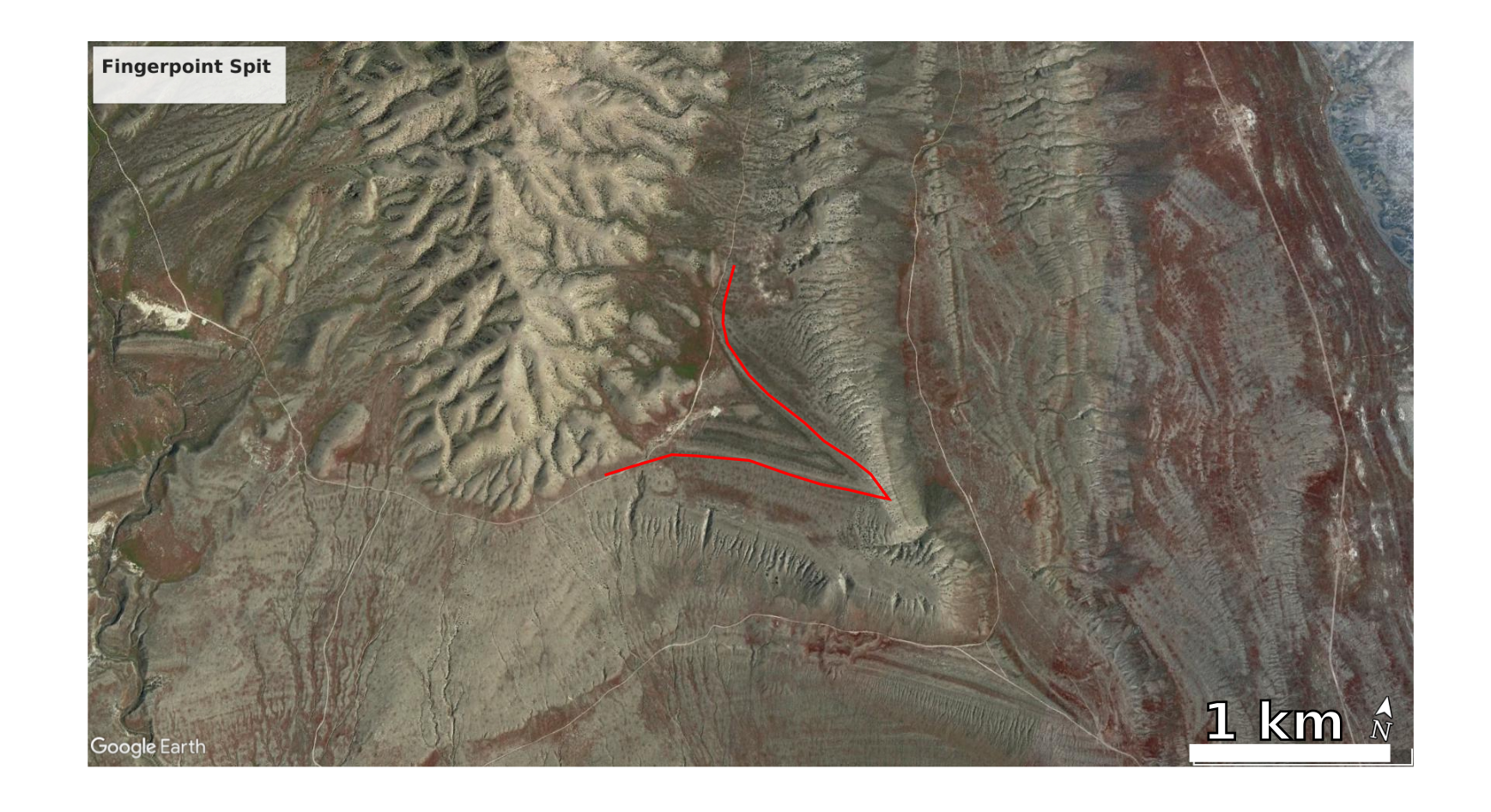Research
Icebergs, How They Carry Sediment

This project uses the iceberg module of MITgcm to model sediment transport during Heinrich Events. We investigate how the partitioning of sediment in icebergs, as well as the impact of factors like iceberg size, can impact the extent and thickness of Heinrich Layers.
Some Papers
Fendrock, M., Condron, A., and McGee, D.: “Modeling Iceberg Longevity and Distribution During Heinrich Events”, 2021. (in revisions, email for preprint)
Fendrock, M., Condron, A., and McGee, D.: “A Model for the Effect of Partitioning Sediments in Icebergs on Heinrich Layer Extents”, 2021. (in prep)
Machine Learning and Tufa Textures

I used computer vision to classify the variability of textures of lacustrine tufa in Searles Valley, CA and compare them to those at Mono Lake, CA, with the goal of tying preserved tufa texture to a lake environment.
A Paper
Fendrock, M., Chen, C.Y., Olson, K.J., Lowenstein, T.K., and McGee, D.: “A Computer Vision Algorithm for Interpreting Lacustrine Carbonate Textures at Searles Valley, USA”, 2021. (in revisions, email for preprint)
Paleolake Shoreline Feature Modeling

For this upcoming work, we will model spits in Bonneville Basin with the goal of constraining the duration of lake level occupancies during the Last Glacial Period.
